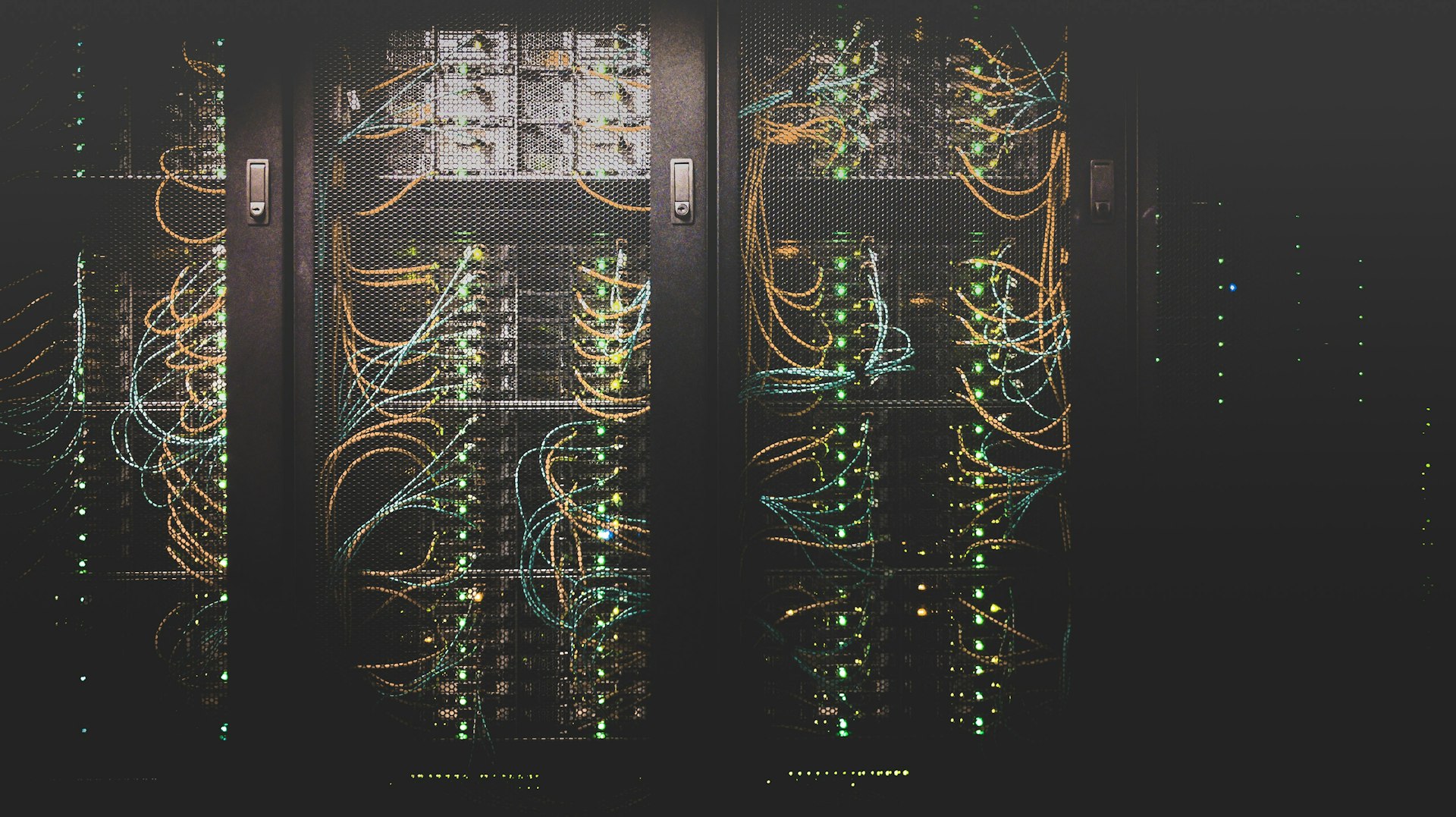Building Real-Time Features with Action Cable and Turbo Streams
1 min read

Real-Time Rails Applications
Modern web applications require real-time features to provide engaging user experiences. Rails offers two powerful tools for this: Action Cable and Turbo Streams.
Understanding WebSockets
WebSockets provide full-duplex communication channels over a single TCP connection, enabling real-time data transfer between client and server.
Setting Up Action Cable
# app/channels/messages_channel.rb
class MessagesChannel < ApplicationCable::Channel
def subscribed
stream_from "messages_#{params[:room_id]}"
end
def speak(data)
Message.create!(
content: data['message'],
user: current_user,
room_id: params[:room_id]
)
end
endTurbo Streams Integration
Turbo Streams allows you to send HTML updates over WebSocket connections:
<%= turbo_stream_from "messages_#{@room.id}" %>
<div id="messages">
<%= render @messages %>
</div>Broadcasting Updates
# app/models/message.rb
class Message < ApplicationRecord
after_create_commit :broadcast_message
private
def broadcast_message
broadcast_prepend_to "messages_#{room_id}",
target: "messages",
partial: "messages/message",
locals: { message: self }
end
endPerformance Considerations
- Use Redis for Action Cable in production
- Implement connection throttling
- Consider using Anycable for better performance
- Monitor WebSocket connections
Best Practices
- Authentication: Always verify user permissions in channels
- Rate Limiting: Prevent spam and abuse
- Error Handling: Gracefully handle connection failures
- Testing: Use Action Cable test helpers